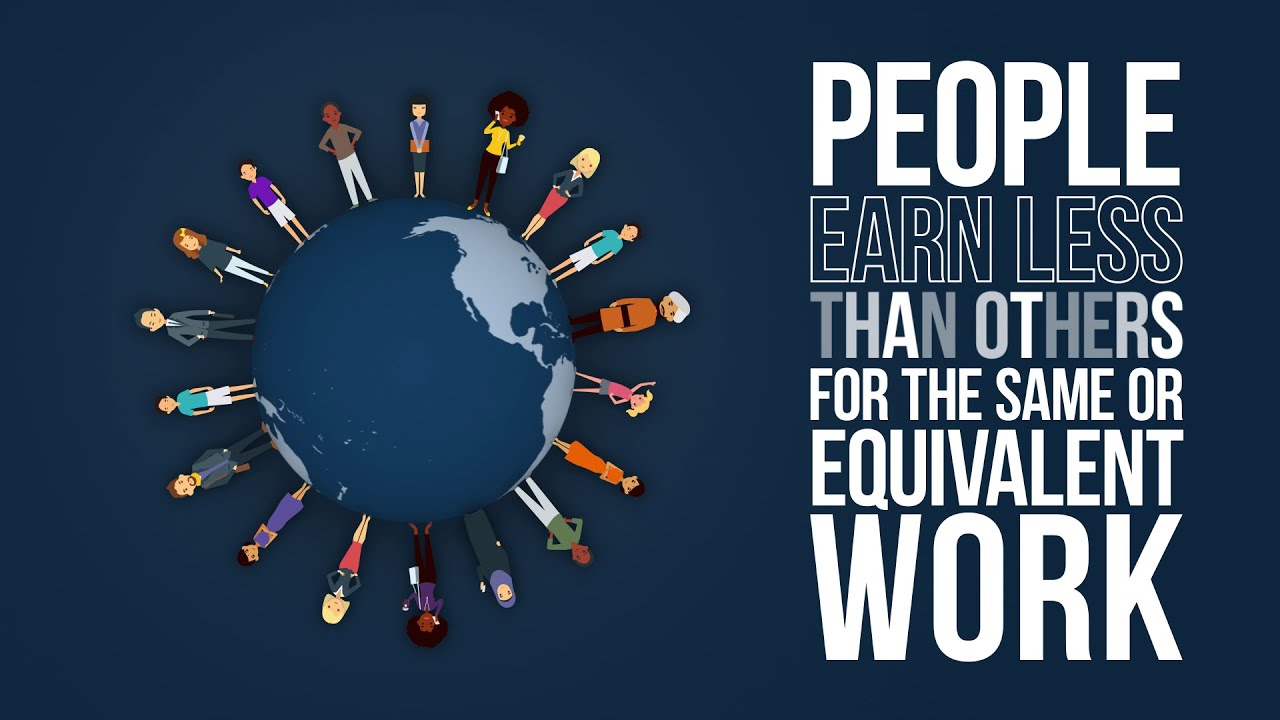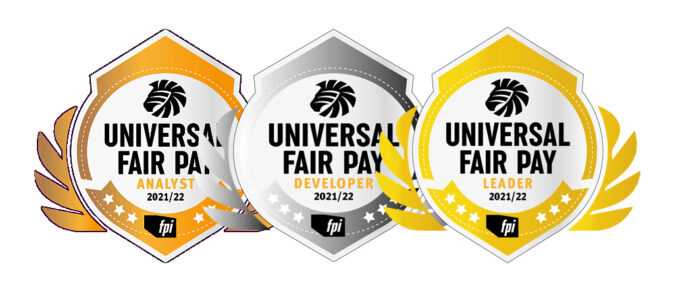Fair pay? Excellent!
Your route to the UNIVERSAL FAIR PAY CHECK®
- Currently the most effective certification for fair pay
- Reliable guidance in the complex certification jungle
- Internationally recognized screening process
- European certification mark
- Awarded under the patronage of Hubertus Heil, German Federal Minister of Labour
- Impactful monitoring, management, and communication tool in the implementation of equal opportunities and equality in your company
- Exclusive benefits for your payroll department and great cost savings for the company as a whole

By loading the video, you agree to YouTube's privacy policy.
Learn more
Others about the UNIVERSAL FAIR PAY CHECK®:
-
Only with fair wages and good working conditions can companies secure their urgently needed skilled workers. Fair pay also means paying regardless of gender, age, disability or religious affiliation. The UNIVERSAL FAIR PAY CHECK recognizes companies that have already understood this. They are well ahead of their competitors!
Hubertus Heil, Federal Minister of Labour and Social Affairs, Patron for the Universal Fair Pay Check 2021 in Germany
REGISTER NOW AND BENEFIT IMMEDIATELY:
- Review your compensation strategy
- Find an analysis partner
- Close your pay gaps in the shortest possible time
- Save costs
- Implement equal opportunities effectively
- Achieve your sustainability goals
- free participation in our Fair Pay Management Circle
- Best practice exchange with other participating companies
- International Fair Pay expertise network
- Certification under the patronage of Federal Minister of Labor Hubertus Heil
- internationally recognized, European certification mark
- guaranteed fair pay

